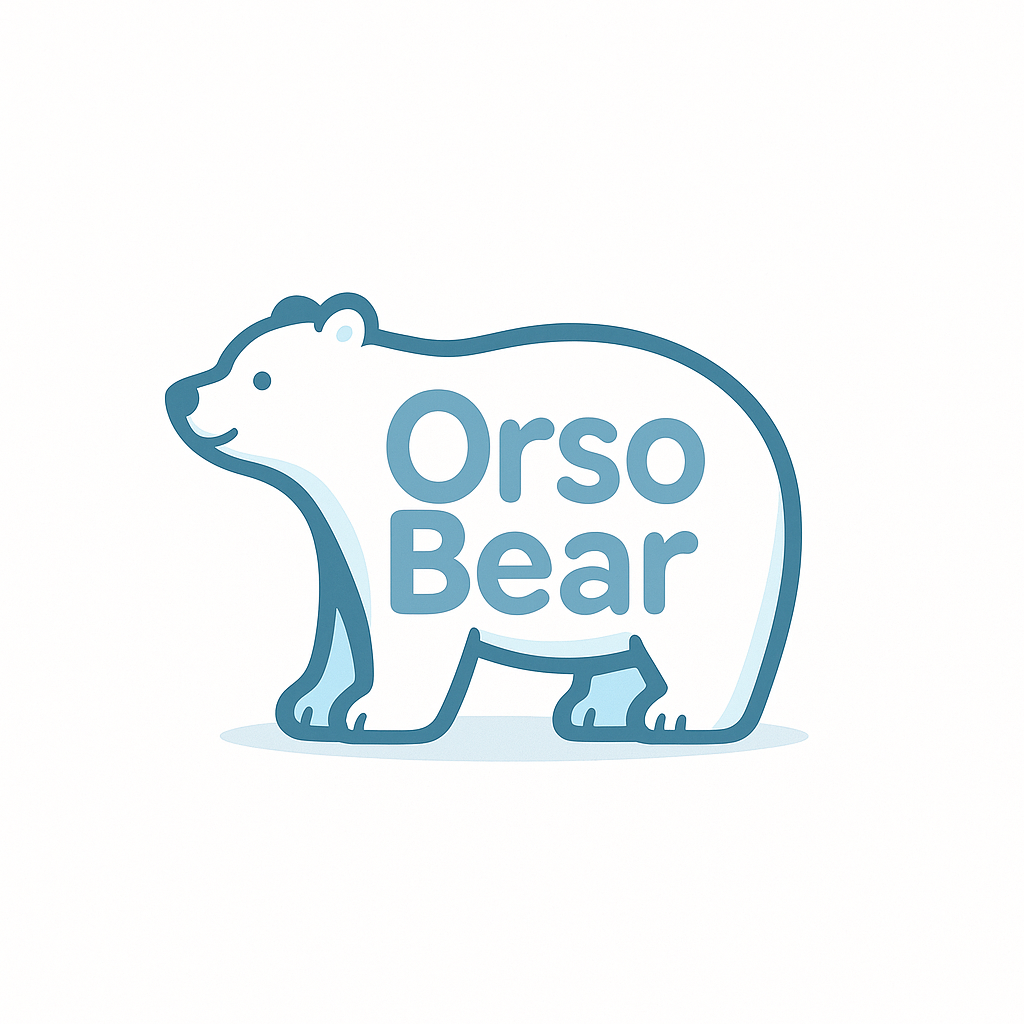Introduction
Imagine a world where your business applications understand and respond to conversational language, streamlining tasks and improving customer interaction. This is not a futuristic idea, but a reality taking shape with the help of Natural Language Processing (NLP). NLP, a component of Artificial Intelligence (AI), is a rapidly advancing field that enables computers to understand, interpret, and generate human language. This innovative technology is revolutionizing the way businesses operate and interact with their customers, creating a more efficient and personalized user experience.
What is Natural Language Processing?
Natural Language Processing, or NLP, is a branch of Artificial Intelligence that gives machines the ability to read, understand and derive meaning from human languages. It involves machine learning, artificial intelligence, and linguistics, enabling machines to understand how humans speak and write.
This technology is used in various applications like Google’s search engine, voice-activated assistants like Amazon’s Alexa, and language translation apps. For instance, when you use Google’s search engine and type in a query, Google uses NLP to understand the context and intent of your query to provide the most accurate results.
Present Applications of Natural Language Processing
NLP is already making significant impacts across various industries. In healthcare, NLP systems can help analyze patient records, medical notes and extract crucial information. For instance, the use of NLP in the Johns Hopkins Hospital system helped identify surgical complications, improving patient safety and quality of care.
In customer service, businesses use NLP to improve customer interactions. Chatbots, powered by NLP, can handle basic customer inquiries, freeing up human agents to handle more complex issues. Companies like Starbucks are using voice ordering systems, where NLP is used to understand and process customer orders accurately.
The Future of Natural Language Processing
The future of NLP is promising, with endless possibilities. One of the exciting advancements is in the area of sentiment analysis. Businesses can use this to understand customer feelings towards their products or services. By analyzing customer reviews, social media comments, and other public expressions, businesses can gain deeper insights into customer satisfaction and brand perception.
Another area of growth is in machine translation. While current applications like Google Translate are impressive, they still struggle with translating nuanced language and cultural references. Future advancements in NLP will likely make these translations more accurate and nuanced, breaking down language barriers more effectively.
Future Implications for Small Businesses
As NLP continues to advance, it will become a more accessible and useful tool for small businesses. For instance, small businesses can use NLP to analyze customer feedback and improve their products or services. They can also use it to automate customer service, reducing operational costs and improving customer satisfaction.
Moreover, as NLP becomes more sophisticated, it will enable more complex tasks. For instance, future NLP could interpret and draft legal documents, analyze and write reports, or even create content. This could save small businesses valuable time and resources, allowing them to focus on core business activities.
Conclusion
The future of Natural Language Processing is bright, with significant advancements on the horizon. These advancements will not only enhance current applications but also open up new possibilities. For small businesses, NLP offers the potential to improve efficiency, cut costs, and gain deeper insights into their customers. As such, business owners should start considering how they can leverage this exciting technology to drive their businesses forward. The future of NLP is here, and it’s time to embrace it.
